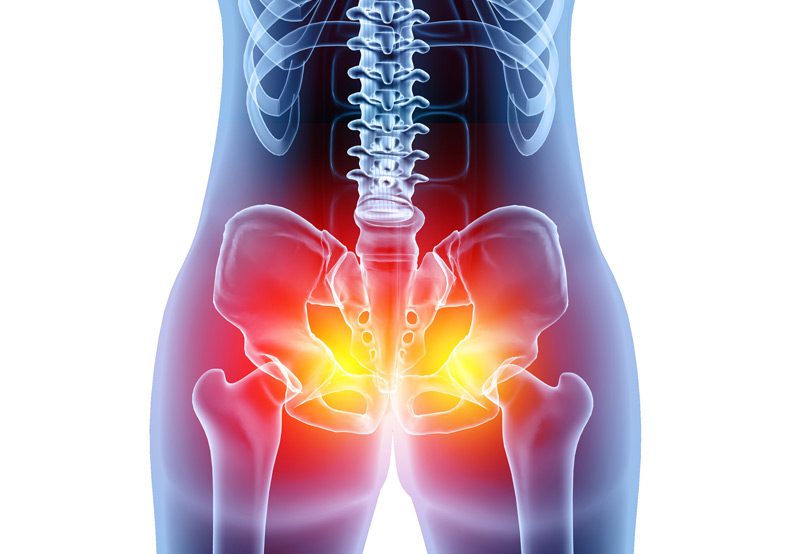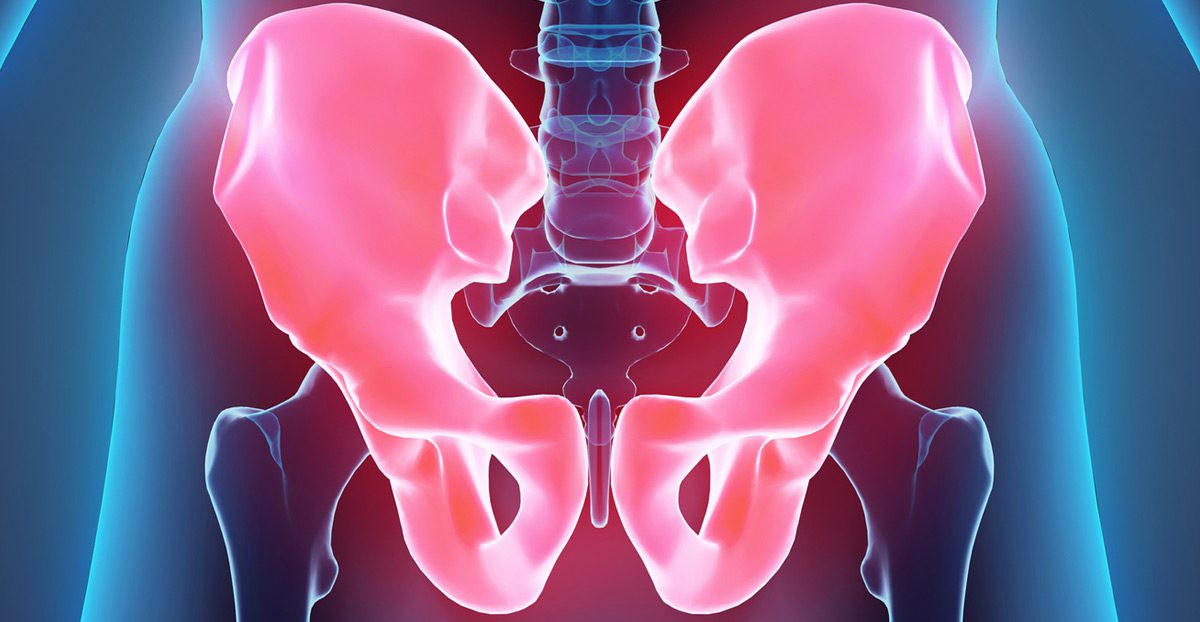

Nerve blocks are a form of pain management used to treat various pelvic pain conditions, offering relief for women suffering from chronic pain associated with menopause and other pelvic health issues. These injections target specific nerves involved in the transmission of pain signals, interrupting the pain pathway and providing relief. When conservative treatments are not effective, nerve blocks can offer an effective solution for managing debilitating pelvic pain conditions that may worsen during menopause.
How Nerve Blocks Help with Pelvic Pain Conditions
- Chronic Pelvic Pain Syndrome (CPPS): CPPS is characterized by persistent pelvic pain that can affect a woman’s daily activities and quality of life. The pain may be caused by a variety of underlying factors, including muscle spasms, inflammation, or nerve irritation. Nerve blocks can be used to target the specific nerves responsible for transmitting pain signals in the pelvic region, helping to reduce pain and discomfort. By numbing the nerves involved, nerve blocks offer temporary to long-term relief for those with CPPS, enabling patients to manage symptoms more effectively.
- Endometriosis: Endometriosis occurs when tissue similar to the lining of the uterus grows outside of it, often leading to significant pelvic pain, particularly during menstruation. The inflammation and scar tissue associated with endometriosis can irritate nerves in the pelvic region, contributing to chronic pain. Nerve blocks can be effective in providing pain relief for women with endometriosis by targeting the nerves that are affected by this tissue growth. This treatment can offer temporary respite from the pain, allowing for better management of symptoms in combination with other therapies.

- Pelvic Floor Dysfunction: Pelvic floor dysfunction refers to a range of conditions where the muscles and connective tissues in the pelvic region do not function properly, leading to pain, discomfort, and even urinary or bowel issues. This condition can be worsened by the hormonal changes of menopause, which may cause the pelvic floor muscles to weaken. Nerve blocks can be used to alleviate the pain caused by pelvic floor dysfunction by targeting the nerves that control the pelvic muscles and providing pain relief. This treatment is often part of a broader strategy that includes pelvic floor physical therapy and other interventions.
- Pudendal Neuralgia (Pudendal Nerve Pain): Pudendal neuralgia is a condition characterized by chronic pain along the pudendal nerve, which can be caused by compression or irritation of the nerve. This condition often results in pelvic, genital, and rectal pain. Nerve blocks targeting the pudendal nerve can help alleviate this pain by blocking the nerve signals and reducing inflammation. For women suffering from pudendal neuralgia, nerve blocks can offer significant pain relief, allowing them to engage in daily activities without the constant discomfort associated with this condition.
Next Steps
If you’re suffering from any of the pelvic pain conditions mentioned above, nerve blocks may offer a valuable treatment option to help reduce pain and improve your quality of life. It is important to consult with a healthcare provider specializing in pelvic pain management to discuss your symptoms and explore whether nerve blocks are appropriate for your condition. Together, you can develop a personalized treatment plan that targets the root causes of your pain and incorporates nerve blocks as a potential solution for long-term relief.
